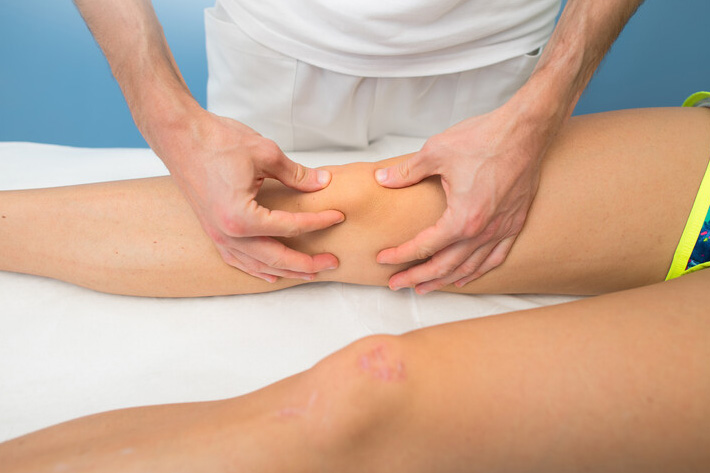Staying strong, flexible, and injury-free starts with knowing what to look out for.
Dancers and gymnasts are some of the strongest, most graceful athletes out there. But with the beauty and power of movement comes a fair share of physical stress, especially when routines push the body to its limits. Whether you’re leaping across a stage or flipping on the beam, certain injuries are more common than others.
Here are the top five injuries dancers and gymnasts should be aware of, and how to reduce the risk so you can keep doing what you love.
1. Ankle Sprains
What it feels like: Sudden pain, swelling, and difficulty bearing weight after a twist, turn, or landing gone wrong.
Why it happens: A misstep during a landing or a quick change in direction can overstretch or tear the ligaments around your ankle.
Prevention tips:
- Always warm up thoroughly before training or performing.
- Strengthen the muscles around your ankles through balance and stability exercises.
- Avoid dancing or training on uneven or slippery surfaces.
- Make sure footwear and support gear (like ankle wraps) are in good condition.
2. Stress Fractures
What it feels like: A dull ache in the foot, shin, or hip that worsens with activity and improves with rest.
Why it happens: Repetitive impact without enough rest causes tiny cracks in the bone, usually in the weight-bearing areas like the foot or shin.
Prevention tips:
- Don’t ignore pain, especially if it’s persistent.
- Incorporate cross-training to reduce repetitive strain (like swimming or Pilates).
- Make sure you’re fuelling your body well, strong bones need proper nutrition, especially calcium and vitamin D.
- Avoid overtraining and build in rest days.
3. Hip Impingement
What it feels like: A pinching sensation or stiffness in the front of the hip, especially during kicks, splits, or deep pliés.
Why it happens: The ball and socket of the hip joint pinch abnormally during movement, often from repetitive deep hip motions.
Prevention tips:
- Work on hip mobility and core strength to improve alignment.
- Avoid pushing too hard into flexibility if your hips feel restricted.
- Get your movement patterns checked, imbalances or overcompensation can contribute to the problem.
- Rest if pain persists, and don’t force turnout or overstretching.
4. Wrist Strain or Sprain
What it feels like: Pain, weakness, or swelling in the wrist, often after weight-bearing moves like handstands or tumbling.
Why it happens: Excess pressure or repetitive impact on the wrist can overstretch the ligaments or irritate the joints.
Prevention tips:
- Strengthen your forearms and wrists with resistance bands or bodyweight exercises.
- Warm up your wrists before heavy use, especially in cold training environments.
- Use wrist guards or taping if needed, especially during high-impact sessions.
- Don’t ignore wrist pain, it can worsen without proper care.
5. Shoulder Strains
What it feels like: A dull ache or sharp pain with overhead movements, arm circles, or weight-bearing skills.
Why it happens: Overuse or poor technique can lead to strain on the rotator cuff muscles or shoulder ligaments.
Prevention tips:
- Build upper body strength gradually, especially for younger athletes.
- Focus on posture and scapular control during upper body moves.
- Incorporate rest and recovery into your routine, especially after intense sessions.
- If you feel pain during lifts or presses, stop and seek advice, it could be the early sign of a tear.
Don’t Push Through Pain
While minor aches may come with the territory, persistent pain is your body’s way of waving a red flag. Rest, recovery, and proper guidance are just as important as practice and performance. If you’ve been dealing with an injury, or something just doesn’t feel right, it’s important to get it checked before it worsens.
At Orthocare Orthopaedics & Sports Medicine, D. Ananda Vella works with athletes of all levels, including dancers and gymnasts, to help prevent injuries and provide tailored treatment when pain strikes. Whether it’s a minor strain or something more serious, we’re here to help you move pain-free and stay on top of your game.
Book a consultation today to find out how we can support your recovery and performance.




